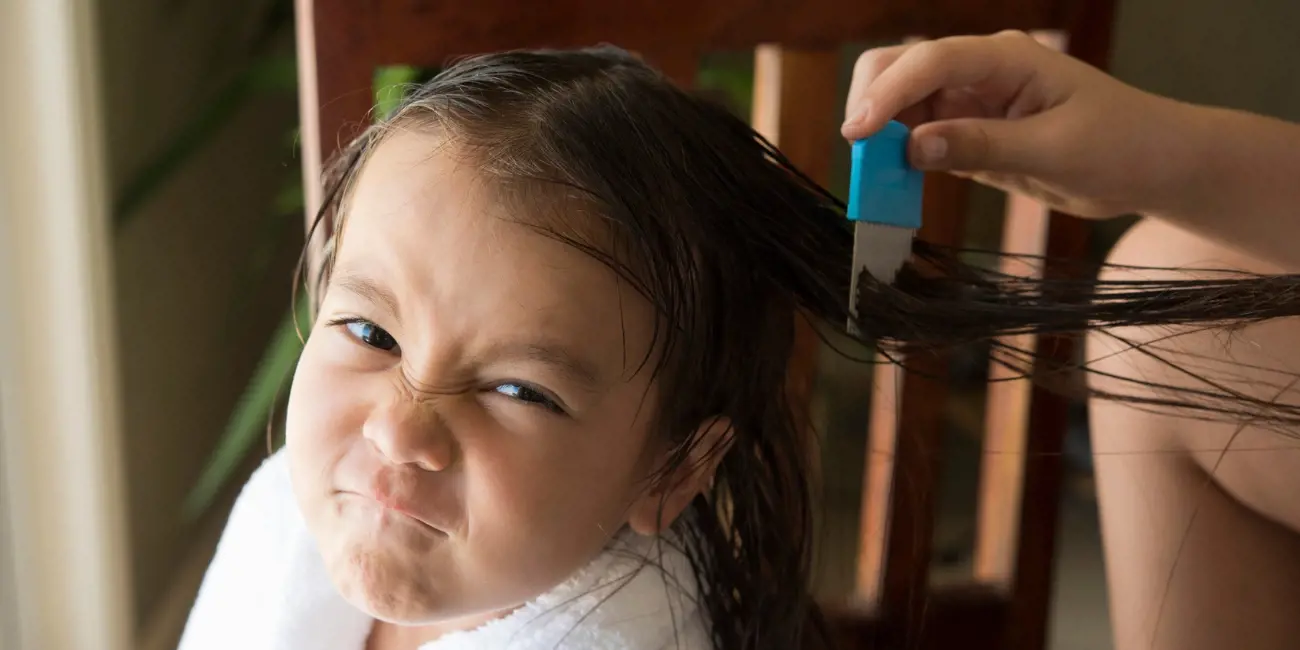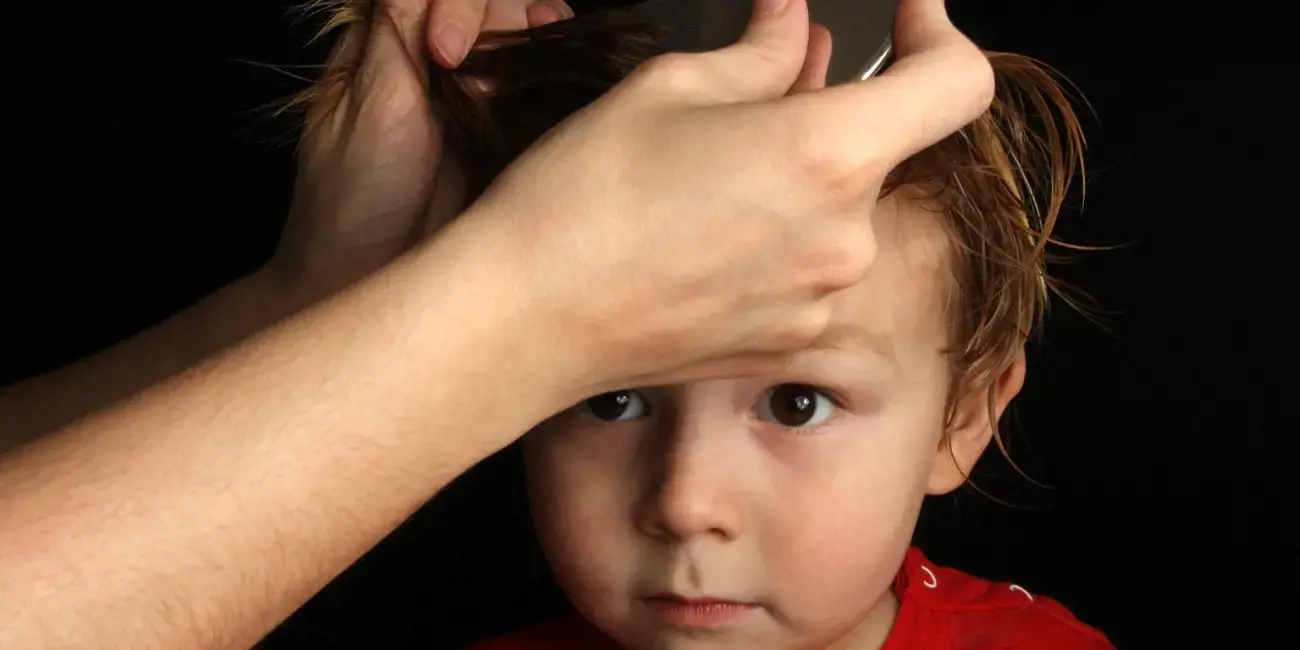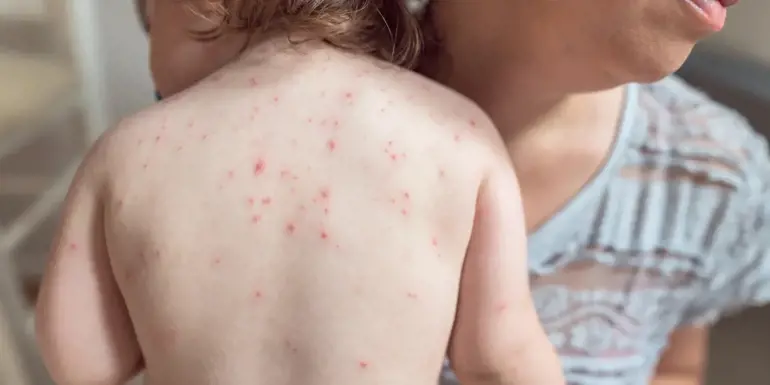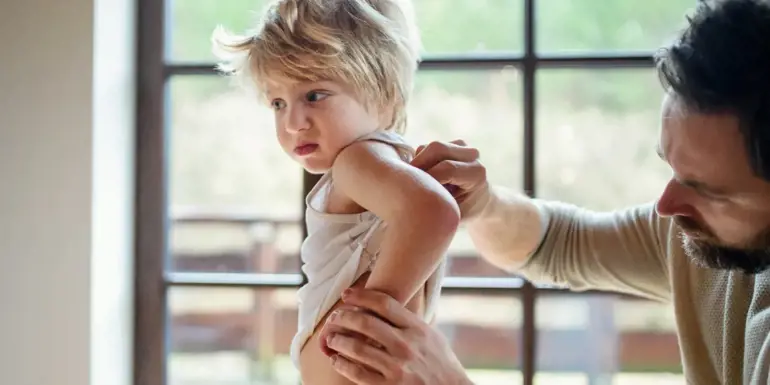Some children go through their lives not having seen a single minute under the shower cap, covered in treatment 30 mintues before the scraping that is the head lice comb hits their head. And others are subject to it so regularly that they've lost count of the hours they've endured.
Either way, know this, parents. Head lice are natural, normal critters that invade the heads of your children and if you're not cautious, they could be there for a while!
Head lice VS nits
Head lice are wingless insects that live on a human's head, feeding off the scalp. While they pose no real threat, they are very uncomfortable and can cause itching and discomfort for a child. The bites of the lice can be seen if the infestation is prolonged, down the nape of the neck, causing serious itching and, if not treated, potential skin infections.
Nits are the louse eggs that can be seen throughout the hair, more commonly at the root of the hair. If the nits have shifted about half a centimetre down the shaft of the hair, it's likely that the egg has hatched and that nit is no longer a threat. It should still be removed.
It's important to note the difference between these two, to understand the life cycle of lice and to determine how far along the infestation is.
Head lice - A fact of life!
There is something inherently icky about the thought of head lice. However, it is worth remembering that head lice have been around for almost as long as humans and they are a natural, if somewhat disgusting, fact of the world we live in!
Kids in childcare are very susceptible to head lice because they are physically close to each other for almost all the activities they participate in. Head lice are not fussy and are equally happy in clean or dirty hair; you can catch head lice no matter what your age, ethnicity, hair colour, or hair type. This means that all kids in childcare are at risk when there is an outbreak in a centre.
Head lice dehydrate within 6-24 hours of being removed from a human head and with nothing to feed, they will die.
The spread of lice
Head lice can not jump from one person to the head of another and they don't have wings to fly, but they can travel quickly between their victims with close contact. They're not only spread through direct head-to-head contact, they are spread are sharing:
- hats
- brushes, scarves or other personal items
- pillows or bedding
- towels
Despite these little insects dehydrating between 6 and 24 hours after being removed, if your child has a frequent day nap, say three hours after they have woken, they are still able to recontract the lice. It's best to strip the bed and wash all linen after treatment has occurred.
Head lice and childcare
Most childcare centres have policies on head lice. A typical policy will outline the roles, responsibilities, and expectations that childcare providers and parents have in the treatment and prevention of head lice. Ask to see your centre's policy so that you are familiar with the process if your child ever does come down with the dreaded critters.
If you detect lice in your child's hair and were not advised about a breakout in their childcare centre, speak to the centre as soon as possible as head lice rarely occur on an isolated basis. Most centres have a policy of not identifying children who have lice in a centre, so you shouldn't worry about your child being embarrassed.
The good news for parents is that kids with head lice do not need to be sent home immediately on detection of the lice, and do not have to stay home from their childcare centre, as long as they are effectively treated before their next day in care.
Effective treatment means that all the lice are dead and this can be achieved by the conditioner and comb technique or through using a chemical treatment.

Conditioner and comb technique
The conditioner and comb technique is a very effective way of detecting and treating head lice however you will need to continue treatment every day for about ten days to ensure you remove all the lice from your child's hair. The conditioner works by stunning the lice for a few minutes so they stay still enough to be combed out. This is a more cost effective technique, provided you're using a cheap conditioner just for this method and washing your child's hair after with your regular treatments.
Give this method a chance by:
- Untangle your child's hair with an ordinary comb.
- Apply a generous amount of conditioner to your child's hair covering the entire scalp from roots to tips. You can use any conditioner, however, a white product will make it easier to see the lice and nits.
- Use your ordinary comb to distribute the conditioner evenly through your child's hair and divide the hair into four or more sections using hair ties.
- Change to a head lice comb.
- Pick up a section of hair near the back of your child's head. Place the teeth of the comb against your child's scalp and comb the hair from the roots through to the tips.
- Use a tissue to wipe the teeth of the comb clean after each brush stroke and check for head lice and eggs.
- Comb each section of your child's hair at least twice until you have done the whole head. If your comb becomes clogged up use an old toothbrush to clean the teeth.
- Keep combing until all the conditioner has gone.
- Repeat the conditioning and combing daily until you find no head lice for ten consecutive days. It is important to continue for ten days to make sure you remove all the adult lice as well as any lice that hatch before they get a chance to reproduce.
Chemical treatments
If you decide to opt for a chemical treatment make sure you choose one that is specifically for head lice. It would probably be worth a trip to the pharmacy to ensure you use something that meets all Australian safety standards. Remember, that you are using what effectively amounts to a pesticide on your child's head, so it is important to find the right product and to closely follow the usage directions.
It is essential to reapply the treatment one week later to make sure you kill any young lice that hatch after the first treatment. You could use the conditioner and combing technique between treatments to help remove the lice.
It is important to check the effectiveness of the product you use after the first treatment as some lice are resistant to some chemical treatments. To check whether a product has been successful use a head lice comb to comb your child's hair from roots to tips. Repeat until all the hair has been combed through at least twice. Wipe the comb on a tissue after each stroke and check the lice for movement, if all the lice are dead then the treatment has been successful, however, if you see movement the treatment hasn't been effective and you will have to try a product with a different active ingredient.
Preventing head lice
It's important to remember that head lice are irritating but for the most part, harmless. Reduce the likelihood of your child catching head lice by:
- Avoiding sharing hair brushes, combs, hats, and fancy dress wigs
- Avoid direct head-to-head contact
- Discourage your child from playing with other people's hair
- Keep long hair tied up or plaited
- Checking your child's hair every week
Remember that these suggestions should not get in the way of ensuring your child can have fun in their childcare centre.



































